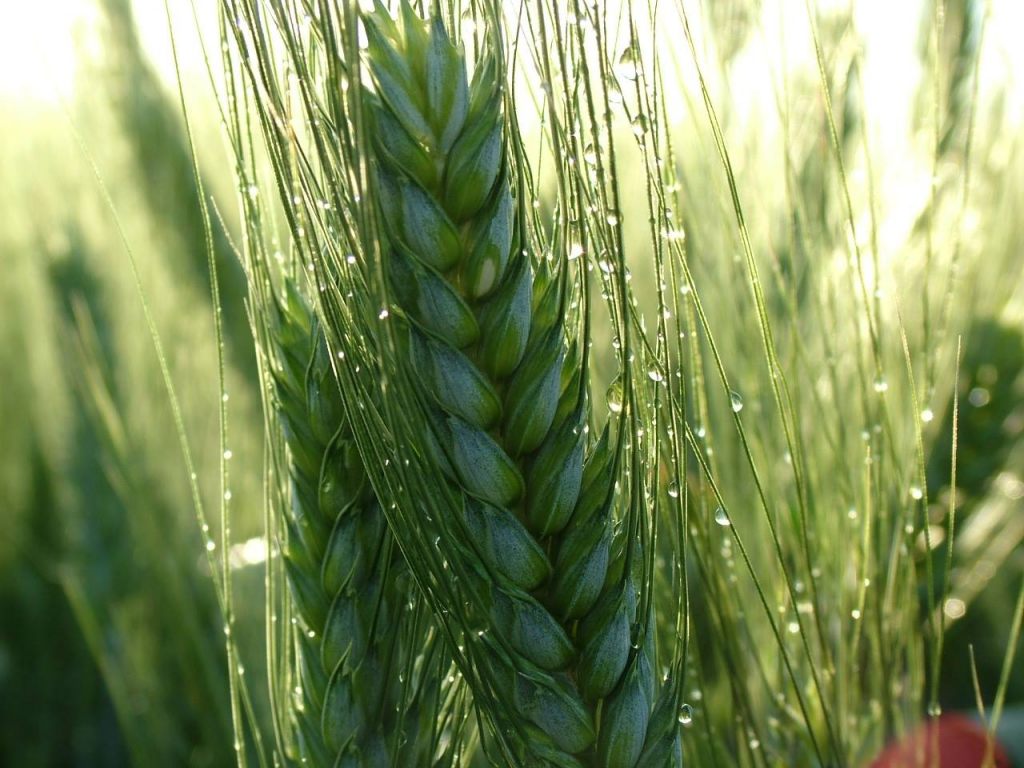Bumper harvest predicted
Agronomist, Drew Penberthy, predicts high crop yields in the north west of the state following the best winter and spring rainfall in a number of years.

Farmers on the north west plains are getting set to harvest some of the highest yielding wheat crops in many years. While legume crops have suffered due to an extremely wet winter and spring, local wheat crops have mostly benefited. Bellata farmer, Drew Penberthy, from Penberthy Agricultural Consultancy, says the size of some of the crops is astounding. “Wheat crops around the district are very good, probably the biggest I’ve seen in a long time. It depends whose crop and the rotation but there’s going to be a lot of ‘bin busters’ as they used to call them. There’ll be a lot of crops averaging over 5 tonne to the hectare, so that means there’ll be areas of the paddock doing 7 to 8 tonnes to the hectare. Yield wise it’s going to be as big as it gets, that’s assuming we don’t get inches of rain during November. A little shower wouldn’t hurt at the moment just to make sure we’ve got good grain size to finish the big crops that are pulling a fair bit of moisture out, but we don’t need a lot.”
Extraordinary amounts of rain in recent months will have some impact on crop quality. “The only issue going forward will be protein levels in the crop because it is such a big yield and it’s been so wet for so long, we don’t know if there’s enough nitrogen left in the system.” Other crops currently growing in the district include chickpeas, canola and faba beans, while cotton and sorghum are in the planting stages. While the price of chickpeas is strong, many farmers won’t be able to capitalise due to the effects of water logging in crops. “Chickpeas don’t like waterlogging, no crop does, but chickpeas don’t draw water very quickly so they sit in water longer and really suffer. On the other hand, the canola looks really good, a few fungal issues in areas where they didn’t get a fungicide on them but other than that they look really good. The faba beans yields look good, although there is a little bit of concern over the quality, but we’re not going to know that until we start harvest.”
This time last year harvest was well underway, but headers aren’t expected to hit paddocks for at least another two to four weeks and the harvest of cereals isn’t expected to commence until November. The wet weather has improved the mood in rural circles, but farmers are needing some exceptional results to offset the money spent on crops this year. “We spent a lot of money this year on fungicide and fertilizer, and prices are depressed, except for chickpeas they’re really good at this stage. It’s a bit of a mixed bag really, we’re going to have some sensational yields in the cereals but there is going to be a fair few holes in the legumes. Anywhere it’s waterlogged we’ve got issues. In general we will still go alright for the season, we’ll never wish the rain away, but we’ve come close this year. In the short term we would like another 10 millimetres now then if it can go away for six weeks that would be awesome. It looks good as long as we don’t get a wet harvest, just the quality and the price that is going to be the issue. But thats the same every year, you can never get everything right.”
Most sorghum crops have been planted and cotton planting is underway. It’s expected that the area planted to cotton this year will be double that of last year. “It’s the price that's driving people to plant cotton, the price of sorghum is depressed while cotton is staying up there. There’ll also be some mung beans going in as well in the region, whether or not that’s a good thing we will see.”
Photo: Wheat on Cammo Bellaroi, photo courtesy of Drew Penberthy.
in Latest News
Share this post
Posts this year
- October 2024 (1)
- September 2024 (1)
- August 2024 (1)
- November 2023 (1)
- June 2023 (1)
- February 2023 (2)
- November 2022 (1)
- October 2022 (1)
- July 2022 (2)
- June 2022 (1)
Archived Posts
- Posts in 2023
- Posts in 2022
- Posts in 2021
- Posts in 2020
- Posts in 2019
- Posts in 2018
- Posts in 2017
- Posts in 2016